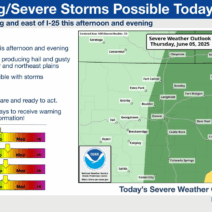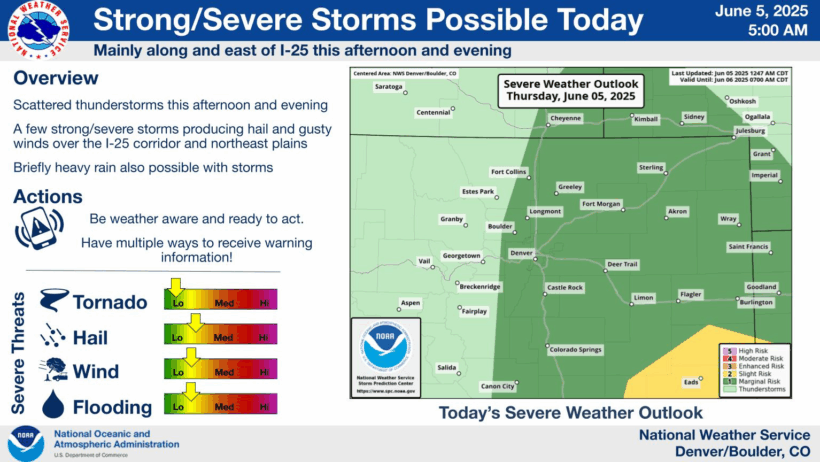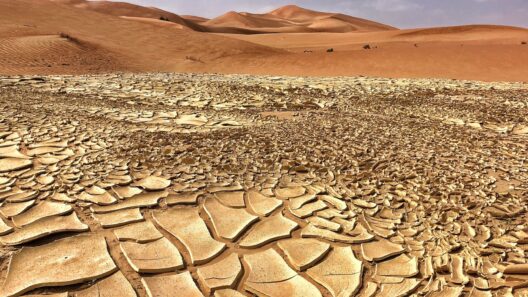Colorado, a state celebrated for its stunning mountainous terrains and diverse geographical features, boasts an eclectic climate that varies markedly across its regions. As it is known as the Centennial State, its high-altitude landscapes, particularly in the Rockies, dictate unique weather patterns and atmospheric conditions. Factors such as elevation, prevailing winds, and geographic orientation—including mountains and valleys—invigorate the complexity of Colorado’s climate. This exploration seeks to elucidate the intricacies of mountain weather in Colorado, outlining the profound influences that elevation and topography exert on everyday climate phenomena.
To begin, it’s imperative to note that Colorado’s climate can be broadly categorized into three main zones: the semi-arid plains, the mountainous regions, and the desert-like conditions of the southwestern part of the state. Each zone exhibits distinct temperature ranges, precipitation patterns, and weather events, contributing to the state’s vibrant natural ecosystems.
The plains of eastern Colorado are primarily defined by a semi-arid climate. This area experiences hot summers with temperatures often soaring above 90°F, while winters can be considerably frigid, with cold snaps leading to temperatures plummeting below zero. Precipitation in this region is generally sparse, averaging approximately 15 to 20 inches annually. Thunderstorms in the summer months can lead to sudden deluges, which may culminate in flash flooding. These storms juxtapose with the serene, arid conditions that dominate other times of year, creating a stark yet fascinating dichotomy.
Transitioning westward, the climate transforms significantly with the advent of mountainous terrain. The Rockies are characterized by a high-altitude climate, where elevations can reach staggering heights of over 14,000 feet. Here, the weather is influenced by multiple microclimates, shaped by elevation and geographical formations. In summer, temperatures can fluctuate dramatically—reaching as high as 70°F or 80°F during the day at elevations of 10,000 feet, yet plunging to near-freezing at night. During winter, however, the mountains serve as snow traps, accumulating substantial snowfall that can exceed several feet, making Colorado a premier destination for winter sports.
Understanding the concept of elevation is crucial when examining mountain weather in Colorado. As one ascends in altitude, the atmosphere thins, leading to decreased air pressure and lower temperatures. This phenomenon, known as the orographic effect, dictates that moist air rising over mountains cools, condensing into precipitation, primarily in the form of snow at higher elevations. Regions such as Aspen and Vail exemplify this attribute, drawing ski enthusiasts to their reliable snowfall and powdery conditions.
Moreover, Colorado’s weather is often dictated by the prevailing westerly winds that sweep across the Rockies. These winds interact dynamically with mountain ranges, generating varied precipitation patterns. The western slopes of the Rockies typically receive more moisture, fostering lush vegetation and biodiversity, while the eastern slopes experience a rain shadow effect, resulting in drier conditions.
One cannot discuss Colorado’s mountain weather without highlighting the phenomena of microclimates. These localized atmospheric variations can lead to drastically different weather scenarios over short distances. For example, a sunny day in one valley may be juxtaposed with sudden hailstorms just a few miles away due to the interplay of altitude, terrain, and local meteorological conditions. This unpredictability necessitates that outdoor enthusiasts and residents alike remain vigilant and informed regarding local weather forecasts and potential changes.
Climate change further complicates these patterns, heralding challenges that the state must address. Increasing temperatures and altered precipitation patterns have been linked to global warming, stirring concerns over water availability, snowpack levels, and overall ecosystem health. With climate change projections indicating warmer winters and drier summers, Colorado faces pressures that threaten to disrupt its unparalleled natural beauty and its economic reliance on tourism and outdoor recreation.
The consequences of climate change are multifaceted. The reduction in snowpack not only affects skiing seasons but also exacerbates water shortages for agriculture and municipal use. The state has experienced increasingly severe wildfires in recent years, a direct correlation with warmer temperatures and prolonged drought. As these trends continue, it becomes imperative for Colorado’s inhabitants, policymakers, and environmentalists to adopt adaptive strategies that mitigate climate impacts and bolster resilience against future challenges.
Moreover, conservation initiatives are underway that aim to protect Colorado’s unique environments. Fostering sustainable practices in agriculture, water conservation, and forest management are among the top priorities as the state traverses through this environmental crossroads. Educating the public about their ecological footprints and promoting a culture of stewardship are essential for preserving Colorado’s rich natural heritage for generations to come.
The journey through Colorado’s climate brings forth an array of experiences tied intricately to its geographic and climatic features. Emphasizing the evolution of its weather—from the flat plains to majestic mountains—underscores the importance of understanding climate dynamics in the context of broader environmental issues. Colorado stands as a microcosm of the complexities associated with climate variability, serving as both a case study for climate action and a reminder of the urgent need to address ongoing environmental challenges. In the face of climate change, the state’s unique ecosystems, and the livelihoods they support, hinge on informed, cohesive efforts to foster sustainability and resilience in the years ahead.





